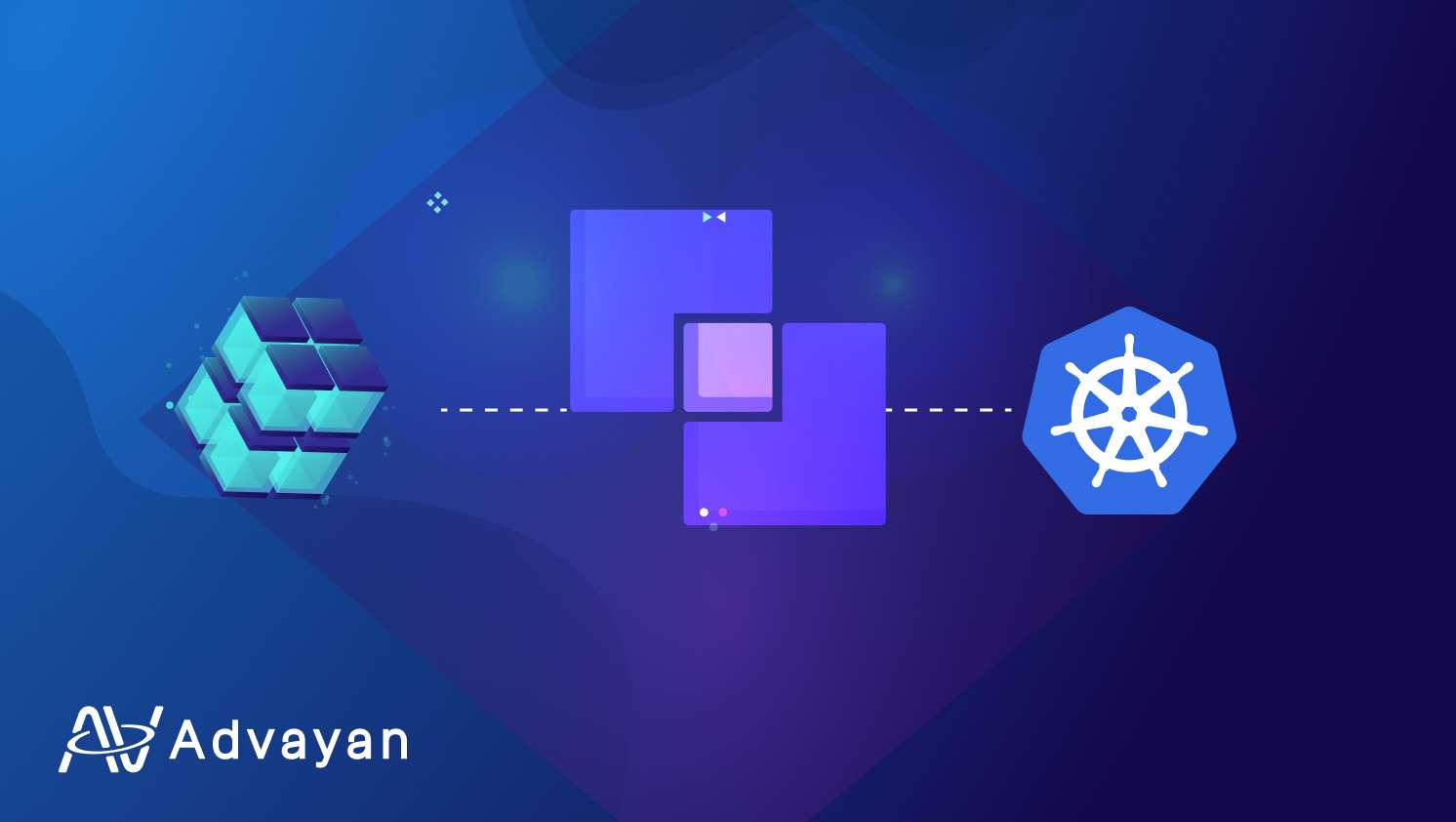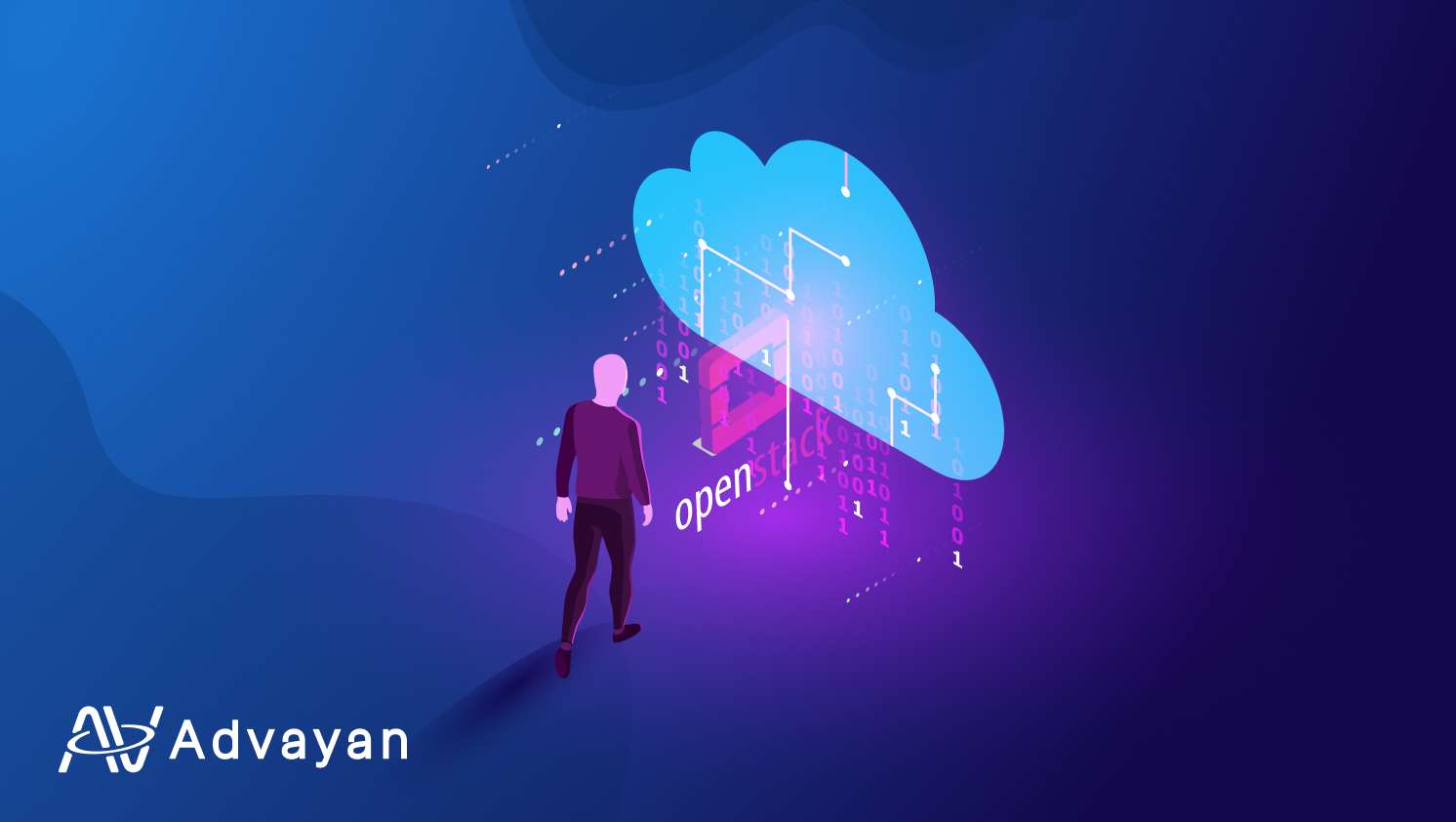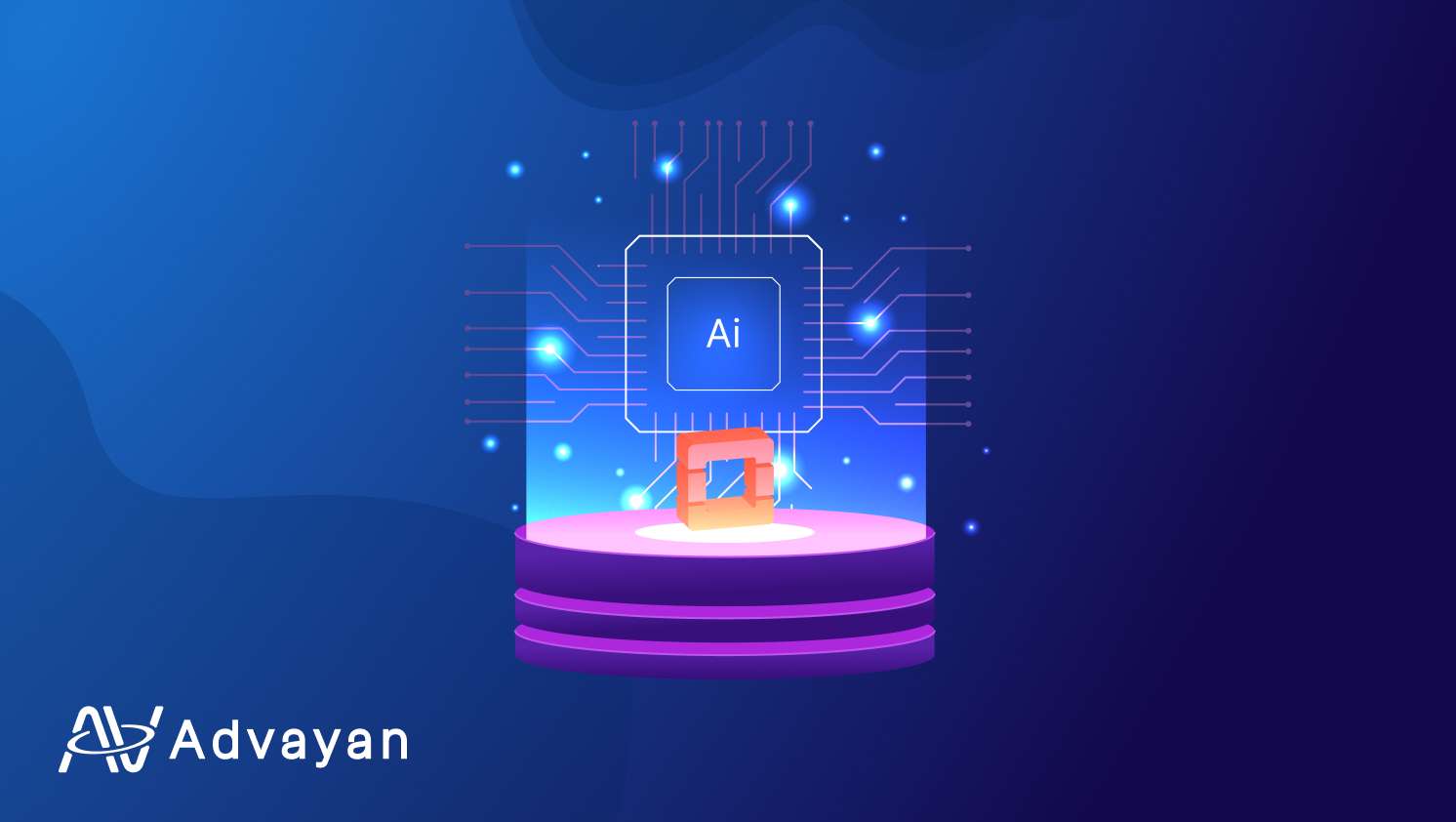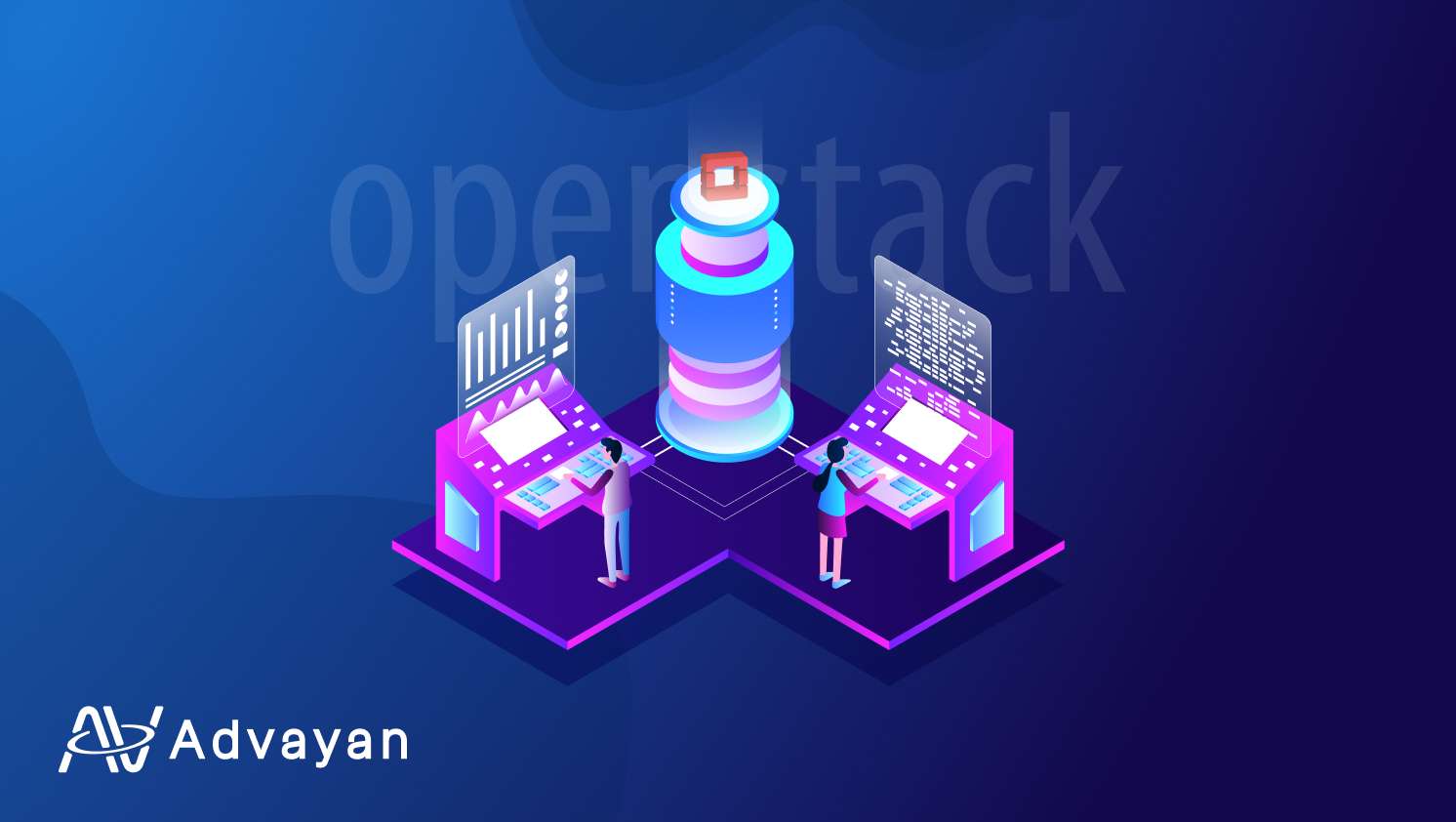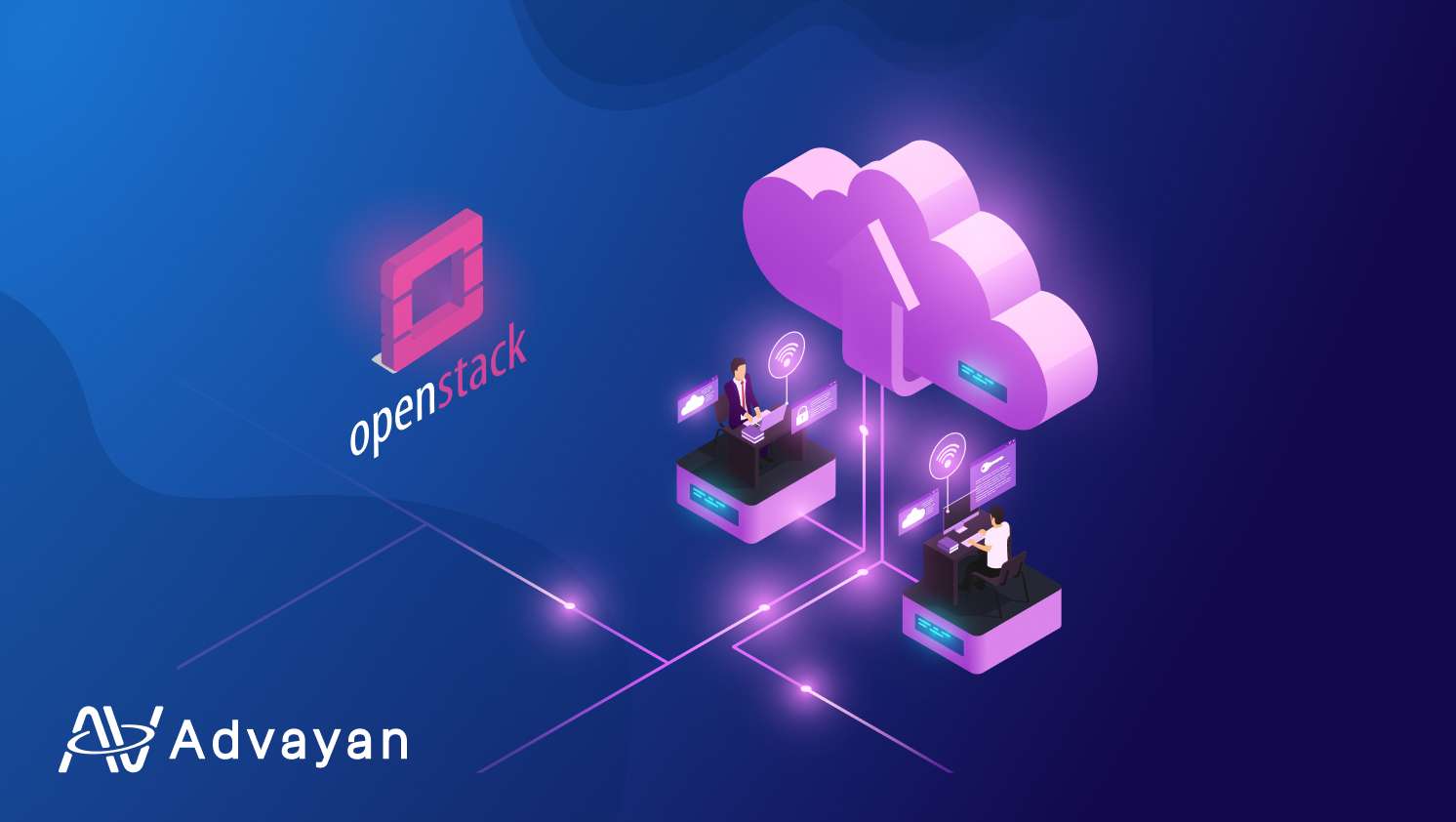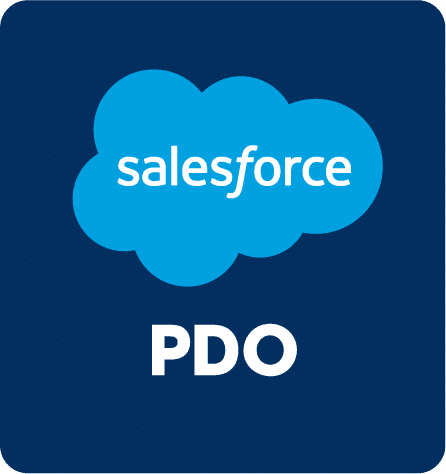
Explore the Latest Trends and Innovations in OpenStack Development Services
Introduction
Well it’s clear that OpenStack emerges as the stronger competitor of CloudStack in the realm of cloud computing. But wonder what makes it the right choice?
It is the latest trends and innovations that OpenStack is equipped with.
At Advayan, we’re aimed to help you explore the “Latest Trends and Innovations in OpenStack Development Services.” From enhancing deployment methodologies to refining security practices, OpenStack provides new possibilities.
Whether you’re a seasoned developer, an IT manager, or simply curious about the technological shifts shaping our digital landscape, this blog aims to be your compass. We’ll break down complex concepts, spotlight real-world use cases, and provide insights from experts who are at the forefront of OpenStack innovation. Our goal is to equip you with the knowledge needed to not only stay up-to-date with the latest trends but also to harness them effectively within your own development endeavors.
The journey through the latest trends and innovations in OpenStack development services is an exhilarating one, filled with opportunities to reshape infrastructure, enhance application performance, and elevate your organization’s technological prowess. So, join us on this exploration together and unlock the doors to a future powered by OpenStack.
Table of Content
- Containerization and Kubernetes Integration: Revolutionizing OpenStack Development Services
- Exploring Edge Computing and OpenStack: Extending OpenStack to the Edge
- Enhancing OpenStack with AI and Machine Learning
- Security Innovations in OpenStack: Bolstering Security Measures
- Serverless Computing and OpenStack: Exploring the Latest Trends and Innovations in OpenStack Development Services
- Conclusion
Containerization and Kubernetes Integration: Revolutionizing OpenStack Development Services
In recent years, the landscape of OpenStack development services has witnessed a remarkable transformation, driven by the integration of containerization and Kubernetes orchestration. These innovative technologies have not only streamlined the deployment process but have also introduced new levels of efficiency, scalability, and management to OpenStack environments. In this section, we delve into the profound impact of containerization and Kubernetes integration on OpenStack development, highlighting the trends and advancements that are shaping the future of this ecosystem.
Containers Revolutionizing OpenStack Deployment
Containerization has emerged as a game-changer in the world of software development, offering a lightweight and portable solution for packaging applications and their dependencies. When applied to OpenStack, this technology has revolutionized the deployment of complex infrastructure by encapsulating services within isolated containers. This approach brings several key benefits to the table:
1. Isolation and Consistency: Containers ensure a consistent environment for OpenStack services, eliminating conflicts between dependencies and providing a reliable setup across development, testing, and production stages.
2. Resource Efficiency: Containers share the host OS kernel, reducing overhead and resource consumption compared to traditional virtualization methods. This efficiency translates to optimized resource utilization and cost savings.
3. Rapid Deployment: With containers, OpenStack services can be instantiated and scaled up or down rapidly, enabling agile response to changing workloads and demands.
4. Version Control: Container images can be versioned, allowing for precise control over the software stack and simplifying rollbacks or updates.
5. Developer-Friendly: Containerization streamlines the development process, enabling developers to create consistent development and testing environments, thus reducing the “it works on my machine” problem.
Kubernetes Orchestration for OpenStack Workloads
While containerization enhances the packaging and isolation of OpenStack services, Kubernetes steps in as a robust orchestration tool that manages the deployment, scaling, and operation of these containers. The integration of Kubernetes with OpenStack delivers remarkable advantages:
1. Automated Scaling: Kubernetes automates the scaling of containers based on demand, ensuring optimal resource utilization and responsiveness to workload fluctuations.
2. High Availability: Kubernetes provides mechanisms for deploying containers across multiple nodes, enhancing the availability of OpenStack services and minimizing downtime.
3. Self-Healing: If a container or node fails, Kubernetes detects the issue and automatically restarts or reschedules containers, ensuring the health of OpenStack workloads.
4. Declarative Configuration: Kubernetes configurations are defined using YAML files, enabling a declarative approach to infrastructure setup and management.
5. Service Discovery and Load Balancing: Kubernetes offers built-in service discovery and load balancing, simplifying network configuration for OpenStack services.
Edge Computing and OpenStack: Extending to the Edge
In the ever-evolving landscape of technology, where data-driven decisions and real-time responsiveness are paramount, the concept of “Edge Computing” has emerged as a game-changer. As we dive into the latest trends and innovations in OpenStack development services, it’s crucial to explore how OpenStack is seamlessly integrating with the realm of Edge Computing.
What is Edge Computing?
Edge Computing is a distributed computing paradigm that brings computation and data storage closer to the source of data generation, which is often referred to as the “edge.” This approach contrasts with the traditional model of centralized cloud computing, where data processing occurs in distant data centers. The aim of Edge Computing is to reduce latency, enhance real-time processing, and alleviate the strain on network bandwidth.
OpenStack’s Role in Edge Computing
OpenStack, renowned for its open-source cloud computing platform, has not only revolutionized the way we manage and deploy cloud infrastructure but has also ventured into the realm of Edge Computing. By extending its capabilities to the edge, OpenStack addresses the unique requirements of this distributed computing paradigm.
Key Advantages of OpenStack in Edge Computing
1. Resource Efficiency: OpenStack’s flexible and scalable architecture allows for optimal resource utilization, making it well-suited for edge locations where resources might be constrained.
2. Orchestration and Automation: OpenStack’s powerful orchestration tools enable the seamless management of diverse edge devices and services, ensuring consistent performance and reducing operational complexities.
3. Low Latency: With data processing occurring closer to the data source, OpenStack’s integration with edge nodes contributes to reduced latency, a critical factor in applications like IoT, real-time analytics, and AI-driven decision-making.
4. Data Privacy and Security: Edge Computing often involves sensitive data that might not be suitable for transmission to centralized clouds. OpenStack’s security features can be extended to edge locations, enhancing data privacy and compliance.
Innovations in OpenStack Edge Computing
1. Kuryr and OpenStack Octavia: These projects have played a significant role in integrating container networking and load balancing capabilities into OpenStack’s ecosystem, thereby enhancing its compatibility with edge environments.
2. StarlingX: An open-source project under the OpenStack Foundation, StarlingX focuses on providing a fully featured cloud for edge deployments, catering to industries such as telecommunications, industrial IoT, and more.
3. Zuul and Nodepool: These tools help manage continuous integration and continuous deployment (CI/CD) pipelines, facilitating efficient testing and deployment of applications at the edge.
Exploring Edge Computing and OpenStack: Extending OpenStack to the Edge
In the rapidly evolving landscape of technology, the convergence of cloud computing and edge computing has emerged as a groundbreaking trend. Edge computing brings computation and data storage closer to the sources of data generation, reducing latency and enabling real-time processing. As organizations seek to harness the power of edge computing, integrating it with established platforms like OpenStack has become a focal point for innovation in the world of development services.
The Emergence of Edge Computing
Edge computing addresses the limitations of traditional cloud-centric models, where data processing occurs in centralized data centers. With the proliferation of Internet of Things (IoT) devices and the increasing demand for real-time data analysis, edge computing offers a solution by enabling data processing at or near the data source. This results in faster response times, reduced bandwidth usage, and improved overall efficiency.
OpenStack’s Role at the Edge
OpenStack, known for its prowess in managing cloud infrastructure, is adapting to the paradigm shift brought about by edge computing. The ability to extend OpenStack to the edge opens up new avenues for innovation and service delivery. Edge computing environments, characterized by their distributed nature, demand flexibility, scalability, and reliability. OpenStack’s modular architecture aligns well with these requirements, allowing organizations to deploy and manage edge resources seamlessly.
Benefits of Integrating OpenStack with Edge Computing
1. Reduced Latency: By processing data closer to the data source, edge computing powered by OpenStack significantly reduces latency, enabling applications that require real-time responsiveness and decision-making.
2. Bandwidth Optimization: Transmitting vast amounts of raw data to central data centers for processing consumes substantial bandwidth. Edge computing mitigates this issue by performing data preprocessing locally and sending only relevant insights to the cloud.
3. Enhanced Reliability: Edge environments often operate in remote or harsh conditions, where network connectivity might be unreliable. OpenStack’s fault-tolerant design ensures that critical services remain available, even in challenging scenarios.
4. Scalability: OpenStack’s ability to scale resources up or down as needed aligns with the dynamic nature of edge deployments, allowing organizations to optimize resource utilization.
Innovations in OpenStack Edge Development
1. Edge Orchestration: OpenStack projects like StarlingX provide a complete edge infrastructure software stack, offering orchestration of compute, storage, and networking resources at the edge.
2. Multi-Access Edge Computing (MEC): OpenStack’s flexibility allows it to power Multi-Access Edge Computing deployments, supporting applications that require ultra-low latency, such as augmented reality and industrial automation.
3. Edge-specific Services: OpenStack can host edge-specific services like content delivery servers, IoT data analytics, and AI inferencing engines, enabling a wide range of edge applications.
Challenges and Future Directions
While the integration of OpenStack with edge computing holds immense potential, challenges such as security, resource management, and interoperability need to be addressed. As edge environments continue to diversify, OpenStack’s adaptability will be key to its sustained success in this space.
Enhancing OpenStack with AI and Machine Learning
In the ever-evolving landscape of technology, OpenStack development services have consistently pushed the boundaries of what’s possible in cloud computing and infrastructure management. As organizations strive for greater efficiency, scalability, and automation, the integration of Artificial Intelligence (AI) and Machine Learning (ML) into OpenStack has emerged as a transformative trend, driving innovation to new heights.
The Convergence of OpenStack and AI/ML
OpenStack, with its foundation in providing robust cloud infrastructure, serves as an ideal platform for implementing AI and ML technologies. The synergy between OpenStack’s scalability and flexibility and the power of AI/ML algorithms has paved the way for groundbreaking applications across various industries.
Enhancing Operations and Resource Management
AI and ML technologies bring a dynamic dimension to OpenStack’s resource management and operational capabilities. Through predictive analytics and intelligent insights, OpenStack deployments can optimize resource allocation, workload distribution, and capacity planning. This leads to improved performance, cost-efficiency, and proactive issue resolution.
Intelligent Workload Placement
One of the challenges in cloud computing is determining the optimal placement of workloads to achieve optimal performance and resource utilization. AI and ML algorithms can analyze historical data, real-time workloads, and environmental conditions to make intelligent decisions on workload placement. This not only improves application performance but also minimizes resource wastage.
Automated Scaling and Self-Healing
AI-powered automation is a key component in achieving self-scaling and self-healing cloud infrastructures. OpenStack environments enhanced with AI/ML can intelligently predict traffic spikes and scale resources accordingly, ensuring seamless user experiences during peak demand. Additionally, machine learning models can identify anomalies and potential failures, triggering proactive responses for timely issue resolution.
Security and Anomaly Detection
Security remains a top concern for any cloud deployment. AI and ML bolster OpenStack’s security posture by identifying unusual patterns or behaviors that may indicate cyber threats or unauthorized access attempts. By continuously analyzing network traffic and system logs, AI-powered security tools can rapidly detect and mitigate potential risks, fortifying the overall infrastructure.
Predictive Maintenance
AI and ML models can be integrated into OpenStack environments to predict hardware failures and maintenance requirements. By analyzing hardware telemetry data, these models can forecast when specific components might fail, enabling proactive maintenance and minimizing downtime.
User Experience and Interface
AI-driven interfaces can simplify the user experience within OpenStack environments. Natural Language Processing (NLP) capabilities can enable users to interact with the platform using conversational commands, streamlining the management and deployment of resources.
Challenges and Considerations
While the integration of AI and ML into OpenStack development services presents a world of opportunities, there are challenges to address. These include data privacy concerns, model training and deployment complexities, and the need for specialized skill sets to manage AI-enhanced OpenStack environments.
Looking Ahead
The journey of OpenStack development services enhanced by AI and ML is just beginning. As AI technologies continue to mature and evolve, the potential for innovation within OpenStack environments is virtually limitless. From intelligent resource management to automated security responses, the marriage of OpenStack and AI/ML is reshaping the future of cloud computing.
Security Innovations in OpenStack: Bolstering Security Measures
In the ever-evolving landscape of cloud computing, OpenStack has emerged as a powerful solution for managing and orchestrating infrastructure resources. As organizations increasingly rely on OpenStack to meet their cloud needs, the importance of robust security measures cannot be overstated. In this article, we’ll delve into some of the latest security innovations in OpenStack development services that are shaping the way we approach cloud security.
1. Multi-Factor Authentication (MFA): Enhancing Access Control
Multi-Factor Authentication (MFA) has become a cornerstone of modern security practices. OpenStack development services have incorporated MFA to ensure that access to the cloud environment is granted only to authorized individuals. This involves combining something the user knows (like a password) with something the user has (such as a verification code from a mobile app). By implementing MFA, OpenStack enhances access control, reducing the risk of unauthorized access even in the event of compromised passwords.
2. Identity and Access Management (IAM): Streamlining Privilege Management
Effective privilege management is vital to prevent data breaches and unauthorized actions within the OpenStack environment. IAM systems in OpenStack allow administrators to define and enforce fine-grained access controls. Users are assigned specific roles and permissions, ensuring they have access only to the resources they need. This approach not only reduces the attack surface but also simplifies the process of managing user privileges.
3. Encryption at Rest and in Transit: Safeguarding Data
Data security is a top concern for any cloud environment. OpenStack development services have embraced encryption at rest and in transit to protect sensitive data. Encryption at rest ensures that data stored in databases and storage systems remains encrypted, making it unreadable even if the underlying storage is compromised. Encryption in transit involves securing data as it moves between components, preventing eavesdropping and tampering.
4. Continuous Monitoring and Intrusion Detection
Early Threat Detection Modern OpenStack security practices involve continuous monitoring and intrusion detection systems. These systems actively monitor the environment for unusual activities, unauthorized access attempts, and potential vulnerabilities. By employing machine learning and AI algorithms, OpenStack can identify patterns that might indicate a security breach, enabling early threat detection and rapid response.
5. Containerization and Microservices Security
Isolation and Segmentation The adoption of containerization and microservices architecture in OpenStack development brings forth new security challenges. To address these challenges, security innovations focus on isolating and segmenting containers and microservices. Techniques such as Kubernetes-based orchestration and secure container runtimes ensure that each microservice operates within its own isolated environment, minimizing the impact of potential breaches.
6. Security Auditing and Compliance Automation
Ensuring Standards Compliance with industry standards and regulations is crucial for many businesses. OpenStack development services now offer automated security auditing and compliance checks. These tools ensure that the cloud environment adheres to relevant security standards, helping organizations avoid penalties and reputational damage.
7. Threat Intelligence Integration
Staying Ahead of Emerging Threats OpenStack’s integration with threat intelligence feeds empowers it to stay ahead of emerging security threats. By leveraging real-time threat data from various sources, OpenStack can proactively update its security measures to counter new attack vectors, ensuring a more resilient and adaptive security posture.
Serverless Computing and OpenStack: Exploring the Latest Trends and Innovations in OpenStack Development Services
In today’s rapidly evolving technological landscape, the world of cloud computing continues to push the boundaries of innovation. OpenStack, a powerful open-source platform, has been at the forefront of revolutionizing the way organizations manage their cloud infrastructure. One intriguing aspect that has gained significant momentum is the integration of the serverless computing paradigm within the realm of OpenStack development services. This convergence brings forth a host of possibilities and opportunities, enabling businesses to optimize their operations and elevate their service delivery.
Serverless Paradigm in OpenStack: A Paradigm Shift
Serverless computing has emerged as a groundbreaking approach to application development and deployment. It liberates developers from the complexities of managing servers and infrastructure, allowing them to focus solely on code development. OpenStack, known for its robust infrastructure-as-a-service (IaaS) capabilities, has seamlessly embraced the serverless paradigm, ushering in a new era of efficiency and scalability.
Benefits of Serverless Computing in OpenStack:
1. Cost Efficiency: Serverless computing in OpenStack optimizes resource allocation, ensuring that organizations pay only for the actual execution time of their code. This cost-effective approach eliminates the need to provision and maintain resources that might remain idle.
2. Scalability: OpenStack’s inherent scalability is enhanced further through serverless computing. Applications can seamlessly scale up or down based on incoming traffic, offering a seamless user experience even during periods of high demand.
3. Faster Development Cycles: With the serverless paradigm, developers can focus on writing code without worrying about underlying infrastructure. This accelerates the development process, allowing organizations to bring new features and services to market more swiftly.
4. Reduced Operational Overhead: Serverless computing in OpenStack eliminates the operational burden of managing and monitoring servers, freeing up valuable IT resources to concentrate on strategic tasks.
5. Flexibility and Agility: Developers have the flexibility to choose the programming languages and tools they are most comfortable with, enabling a diverse range of applications to be built within the OpenStack ecosystem.
Innovations at the Nexus of Serverless and OpenStack:
1. Event-Driven Orchestration: Leveraging OpenStack’s capabilities, developers can design event-driven workflows that trigger serverless functions in response to specific events, ensuring seamless coordination between different components.
2. Hybrid Deployments: OpenStack’s compatibility with serverless computing allows for hybrid deployments, where applications can run partially on traditional infrastructure and partially on serverless functions, optimizing resource utilization.
3. Serverless Data Processing: OpenStack’s integration with serverless enables the processing of large datasets without the need to provision and manage dedicated clusters, providing on-demand data processing capabilities.
Conclusion
We have already seen that OpenStack has firmly established itself as a powerful and versatile platform for cloud computing and infrastructure management, and all thanks to its latest trends and innovations.
From the seamless integration of containers and Kubernetes to the rise of edge computing, OpenStack has adapted to meet the diverse needs of modern businesses. The advancements in automation, orchestration, and security have not only improved the efficiency of cloud operations but have also paved the way for the next generation of applications that demand agility, scalability, and reliability.
The incorporation of AI and machine learning into OpenStack further amplifies its potential. Predictive analytics, intelligent resource allocation, and enhanced security protocols redefine the standards of cloud management. As we witness the convergence of cutting-edge technologies, OpenStack stands as a testament to innovation that knows no bounds.
With such advantages and innovations, OpenStack becomes the right choice for your company. Get in touch with us today!


